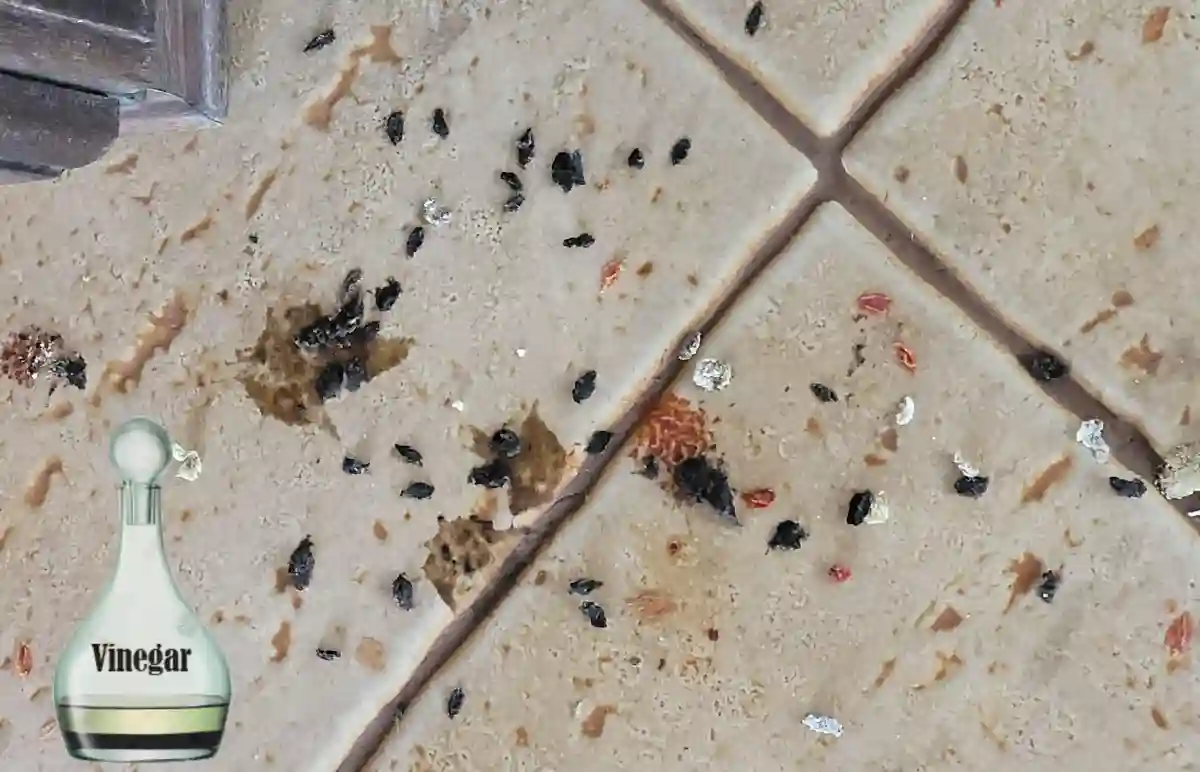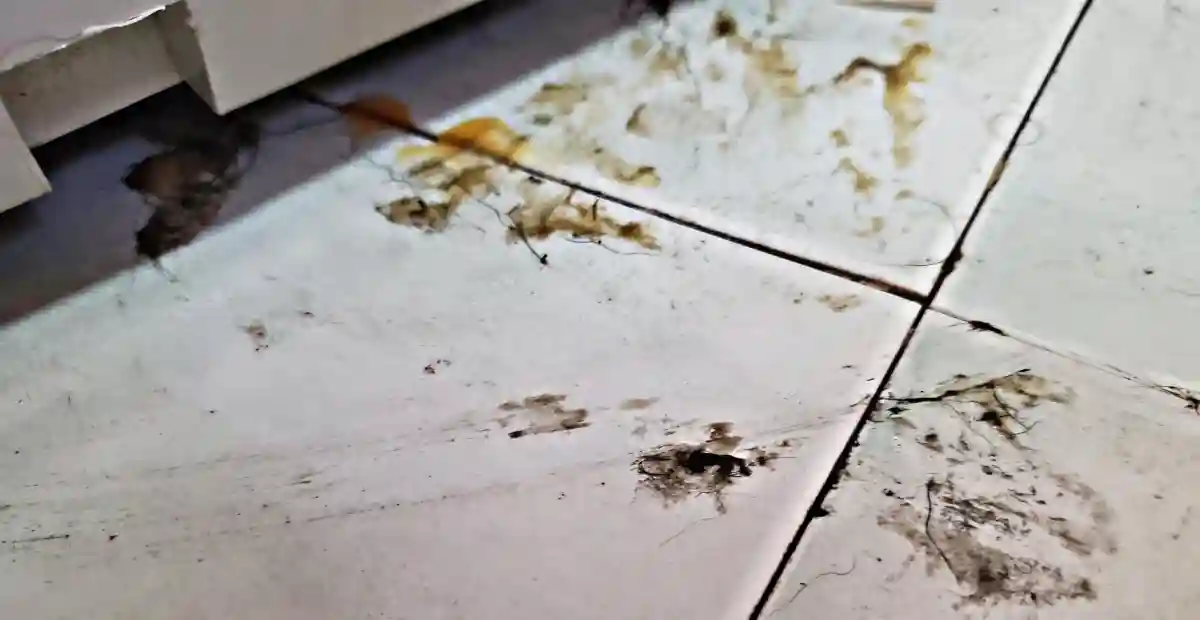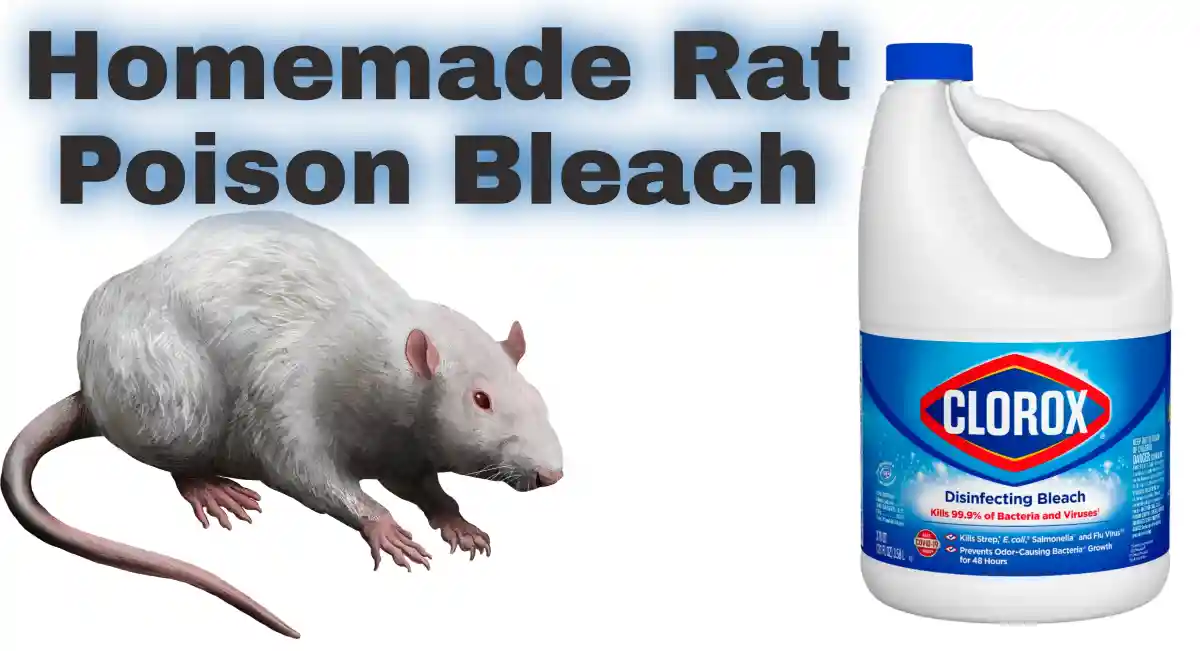If you find rats in your house, you need to find out where rats are getting in to help control their presence. However, the best measure is to get help from professionals who know how to detect entry points, humanely catch rats, and seal off any entries they might use to enter.
Signs of rats typically include scratching sounds in walls, squeaks at night, droppings in cabinets, oily marks, and more. So, if you have them lurking around in your home, you want them out. Rats are typically unwelcome guests; they carry diseases and can spread them to humans in various ways.
Keep reading to find out about how to keep rats out of your home and stop them from coming back.
What is Rat Exclusion?
Rat exclusion puts a stop to your rodent issue right where it starts. When pest experts perform a rat exclusion in your home, they find and get rid of the entry points that rats use to sneak inside.
This helps make sure they cannot come back later on. They might use different ways to get in, so it takes an expert to figure it out. And you want to keep them out to stop new problems from happening.
However, if you already have rats in your house, exclusion alone won’t make them go away. You might also need traps and baits to discourage their presence.
How to Find Out Where Rats Are Getting In

It can be tough to figure out where rats and other rodents get into your house, whether you are dealing with Norway Rats, Roof Rats, or Black Rats. They are all good at squeezing through tiny holes. But any hole that’s bigger than a quarter-inch can be a way for them to get in. According to Anticimex, a rat can get through a 20 mm hole. There are certain spots where rodents are more likely to come in, and you can search for signs that they’ve been there to help you find the most likely entry points.
When you’re checking your home, you need to pay extra attention to these places where rodents often sneak in. Below are the methods and places to find out where rats are getting in.
1. Inspect the Pipes
Rats can nibble on plastic pipes and sneak into your home through them. If old cast-iron pipes are falling apart, there might be gaps around pipes under sinks, near washing machines, or connected to water heaters. A plumber can help fix these issues.
2. Check Foundations and Walls
Walk around the outside of your home and check where the walls meet the ground. See if there are any holes or weak spots where the wall touches the foundation. These spots are often where rodents can get in.
Check your walls and baseboards for cracks. Look inside and outside your house. If you find small holes, fill them with caulk. For bigger holes, use steel wool and waterproof sealant to close them up.
3. Air Conditioning and Vents
Check the vents and openings around heaters and air conditioners. These openings should be raised up or have a screen to stop rodents from getting in. Make sure the screen doesn’t have any holes, and check for nearby bushes or trees that rodents could use as a path.
Also, watch out for the black line that goes from the outside A/C unit into the house – rodents can use that to get in too.
4. Doors and Windows
You can find out where rats are getting in around your doors and windows. Look closely at doors and windows to make sure there is only a small gap, no more than a quarter-inch, between them and the ground.
Also, check under and around outside doors carefully. If you like to open doors or windows for fresh air, make sure they have screens or screen doors. Also, try to avoid having extra ledges on windows.
5. Roofs and Gutters
Check up high where the roof parts meet, like the rafters and roof corners. Also, look for torn vents under the roof, places called soffits, and spots called gables and eaves. Look really carefully, especially if there are trees and plants close to your house.
If you think rats are in your attic, check the roof first. Rats can come in through tiny holes, so it’s important to examine the roof carefully. If you find any gaps or holes, use waterproof sealant to close them up.
6. Around Holes for Electricity, Gas, and Cable Lines
Check for openings and gaps where these lines come into your house to find out where rats are getting in.
7. Garage Door Seals
Rubber is often used to seal garage doors, but rodents might chew on it. If you find chewed rubber around your garage door, it could be a sign that rodents are getting in that way.
8. Check Your Chimney
Chimneys that are dirty or open at the top can be like a door for rodents to come in for food and warmth. Get your chimney cleaned often to make sure no rat nests are inside. Also, put a grate or cap on the chimney to stop them from getting in.
Places to Find Out Where Rats Are Getting in Indoors
Rats find a way to enter your house, but that does not mean they can quickly reach your food. They have to search for openings to get to your pantry. Check these spots for gaps:
- Laundry room floor drains
- Where the floor meets the walls
- Closets at low corners
- Crawl spaces
- Floor vents and dryer vents
- Fireplaces
- Attics
- Kitchen cabinets, fridges, stoves (look inside and underneath)
- Doors
Look for Clues Close to an Entry Point
For some people, rodents can be really scary. And there’s a good reason why. According to the CDC (Centers for Disease Control and Prevention), these critters spread more than 35 different diseases all around the world. There are a bunch of ways you can get sick from rodents. You might catch diseases directly from them if you touch them, get bitten by them, or come in contact with their pee, poop, or spit. Also, when ticks, mites, and fleas bite a rat or mouse that’s sick, they can pass those diseases on to humans too.
If you notice any of these signs, you might be close to where the rodents are getting in:
- Smells and stains from their pee
- Footprints and tracks
- Marks from their greasy fur
- Tunnels they’ve made
- Paths they walk along
- Nests in your insulation
- Chewed marks
- Poop
Be sure to carefully check both inside and outside your home. No matter where the rats are coming from, if you find any holes that are as big as a quarter-inch or more, you must seal them up.
Here are some usual signs of rats around their entry spots.
1. Marks from Scratching or Biting
If you see scratches and bite marks around a hole, it means rodents are using it to get inside.
2. Stains from Grease
Rodents leave behind oily marks when they walk on surfaces a lot. If you see any grease marks in one area, you’re probably near an entry point.
3. Tracks
Rodents make small footprints, but you might only see them in dusty places. If you find these tracks and see where they’re going, you can follow them to find where rats are getting in.
What Makes Rats Come in Your House?
These invaders come into your home looking for food, water, and a place to stay. Just like humans, rats are animals that need to stay warm to survive. Even though South Florida has mostly mild winters, when the temperature drops a little, they might come inside to find warmth. This usually happens in late fall, winter, and early spring, and especially around the holidays when people are cooking a lot.
Some houses are more attractive to these animals than others. If your yard has covered areas, it could make them want to come closer.
Things like messy yards, big bushes, piles of leaves, compost, stacks of wood, boats or RVs, and places like sheds or outdoor kitchens that aren’t sealed properly can be great spots for rats to make their homes.
Any kind of food in your yard can also bring them in. Trash cans, grills, bird feeders, pet food, and even pet poop can attract these animals. And if you have trees that grow fruits or nuts, that’s another thing that can make rats interested. Sooner or later, these small animals might leave your yard and get inside your house.
Besides the nice warm weather, your home can also give them something to eat. When they get inside, they eat the food you have, like groceries, stored food, pet food, and even the little bits of food that fall or spill. They might also drink water from leaky faucets and appliances.
Conclusion – Block Rat Entry Points in House
After you find out where rats are getting in, your next step is to seal the entry points. Closing the spots where rats get in can be quite hard. Depending on where they are coming in, you need different ways and materials like caulking, steel wool, or screens.
Ultimately, keep things clean to discourage rat presence. Do these to stop them from finding food and water:
- Clean up spills quickly.
- Pick up fallen fruit or nuts right away.
- Keep food in sealed containers.
- Don’t leave pet food or bird food outside.
- Fix leaks from faucets or appliances.
- Shut garbage can lids tight.
- Get rid of the yard mess.
If you suspect severe rat presence, call professionals right away. Dealing with rats alone can be tough. Experts can find out where rats are getting in, use the right traps and bait stations, and seal homes to expel rats.





